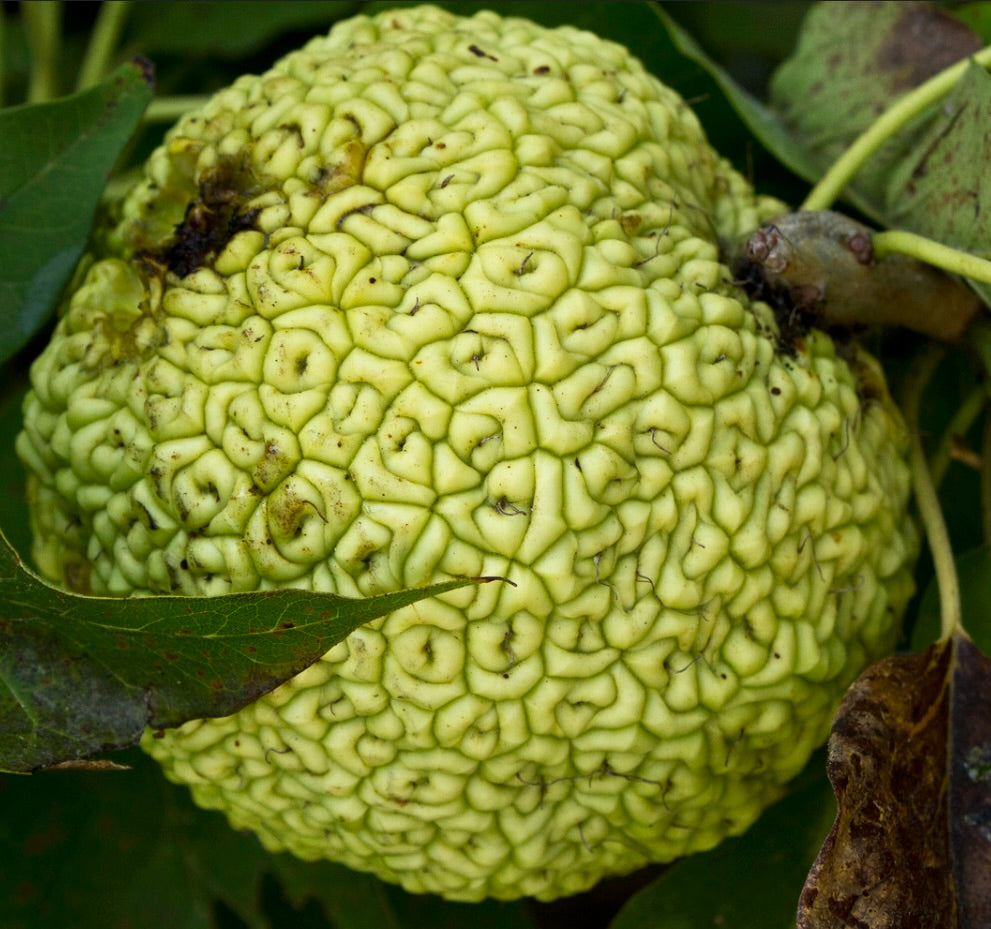- Catalogue Plants
Maclura pomifera
Maclura pomifera
Regular price
€10,00 EUR
Regular price
Sale price
€10,00 EUR
Unit price
per
Tax included.
Shipping calculated at checkout.
Couldn't load pickup availability
Plant Description
Botanical family: Moraceae
Botanical genus: Maclura
Botanical species: Maclura pomifera
SKU:BA-2073-S
Cultivation
Cultivation
Info and Disclaimers
Info and Disclaimers
Plant Height:
Plant Diameter:
Pot Size:
Grafted/Not Grafted:
Disclaimer: Be aware that most plants change across seasons. If present foliage, could have been fallen or change in its color.


